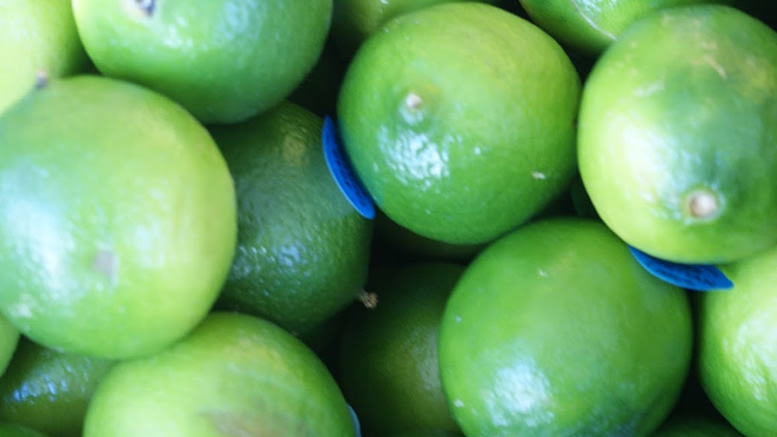Bursting with tang and vibrant aroma, lime is a beloved ingredient across Asia, treasured for its ability to brighten dishes and bring balance to complex flavours. Native to Southeast Asia, lime (Citrus aurantiifolia) has long played an essential role not just in cooking, but also in traditional medicine and trade.
Lime is more than a garnish—it’s a key component in countless regional dishes. Its juice, acidic and tangy, is commonly used in marinades, sauces, dipping condiments, dressings, and drinks, adding a refreshing sharpness that balances sweet, salty, spicy, and umami notes.
In Thai cuisine, lime juice gives dishes like tom yum and pad Thai their characteristic brightness. Kaffir lime leaves, intensely aromatic with citrus and floral notes, are also widely used to flavour soups, curries, and stir-fries. In Vietnamese cooking, lime is essential for pho, where a squeeze of fresh juice lifts the rich broth. It’s also found in dipping sauces like nuoc cham, alongside fish sauce, sugar, and chilli.
Lime also plays a role in Indian chutneys, Sri Lankan sambols, and Indonesian sambals, cutting through rich or spicy foods and heightening flavour complexity across the board.
Health Benefits and Traditional Uses
Beyond the kitchen, lime has long been valued for its medicinal properties. Packed with vitamin C, it’s known to boost immunity and fight off infections. In traditional Asian medicine, lime juice and extracts have been used to support digestion, detoxification, and respiratory health. Remedies using lime have been employed to soothe sore throats, reduce inflammation, and freshen breath.
Its antimicrobial properties also made lime an important preservative before refrigeration—adding both flavour and safety to raw and cooked foods.
Culinary Tips
To get the most out of lime:
- Fresh juice is best for sauces and marinades—roll the fruit before cutting to maximise yield.
- Zest can be grated for an extra punch of aroma in curries, desserts, or drinks.
- Kaffir lime leaves can be used whole in soups or finely sliced into stir-fries and salads—just remove any tough stems first.
- Store whole limes in the fridge for up to a few weeks, and juice or zest can be frozen for longer storage.

